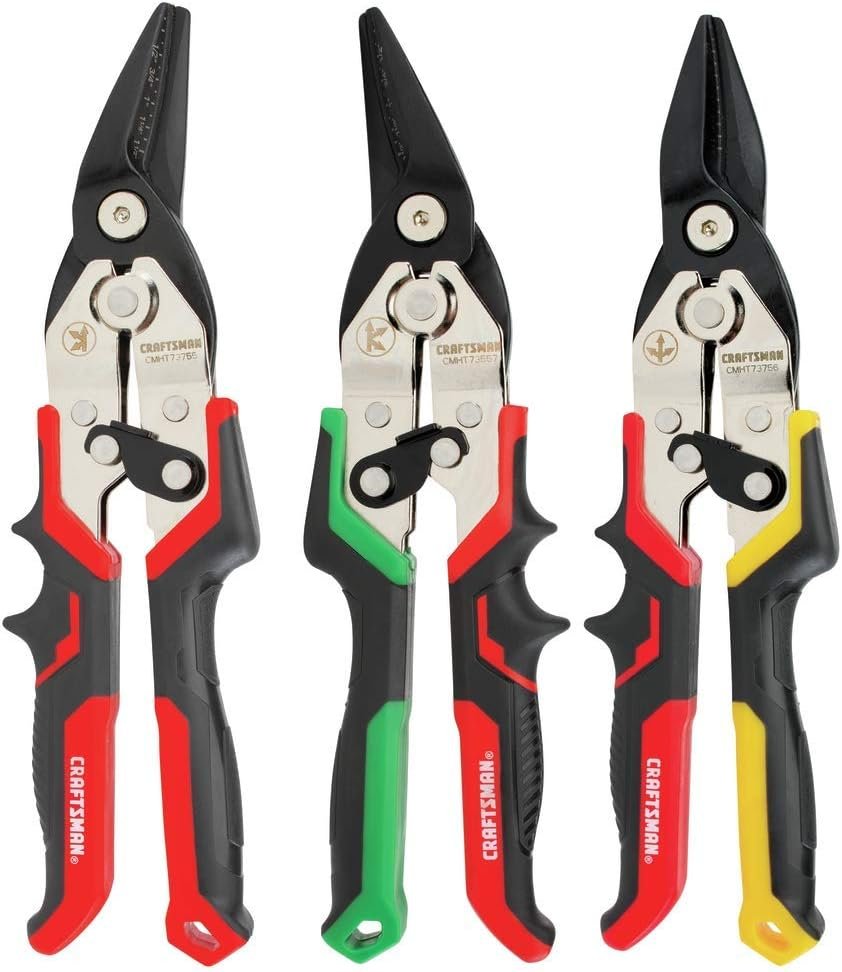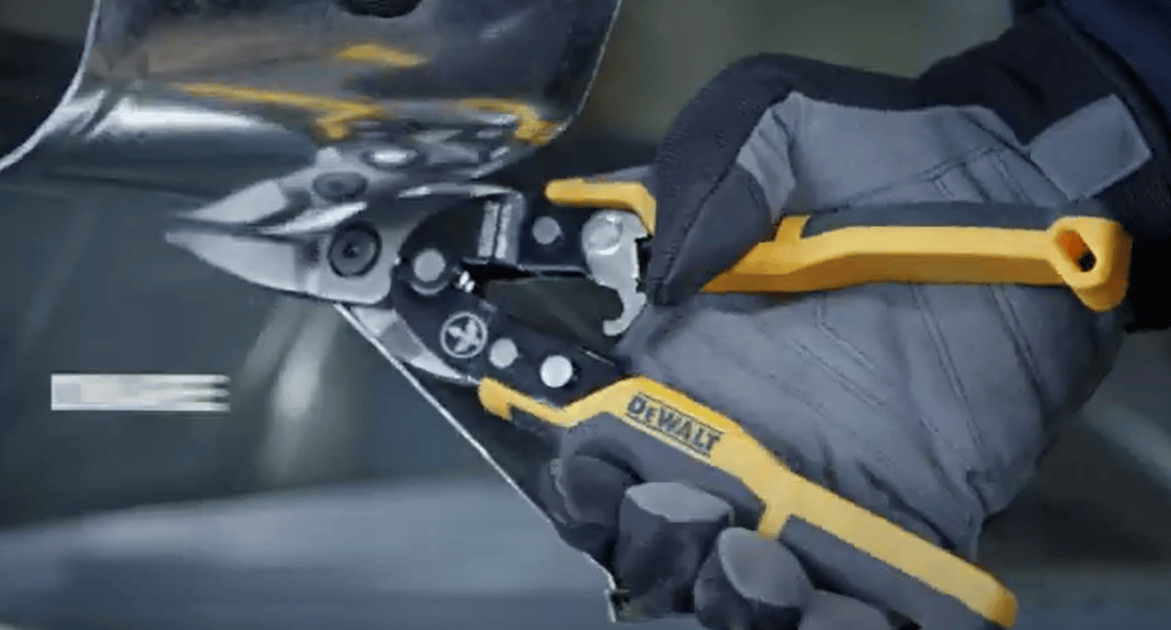Clicking on Amazon Services LLC Associates Program links on our site may earn us a commission. We provide unbiased overview of products and your support keeps us honest and objective. Thank you for helping us continue our work. Learn More →
Aviation Snips
top picks
What’s in the Toolbox
tool
features
options

a Tool for Every Job

Aviation snips often referred to as tin snips or compound snips are essential for the toolbox. These hand tools are specifically designed for cutting through various gauges of sheet metal with precision and ease making them a valuable asset in tasks ranging from roofing and HVAC work to crafting metal based home projects. Their ergonomic design which often includes spring loaded handles and locking mechanisms ensures that users can achieve clean cuts with minimal effort and reduced hand fatigue, a critical feature for both professional tradespeople and DIYers who may spend extended periods on intricate cutting tasks.
Aviation snips are a important tool in any toolbox enabling them to efficiently tackle jobs that require precise metalwork. Whether installing ductwork, cutting through heavy duty metal sheets for building exteriors or shaping materials for custom fittings, the precision and durability of aviation snips make them a go to tool. The versatility of these snips available in straight, left and right cut versions allows professionals to navigate complex cuts and curves with confidence, ensuring a high quality finish that meets industry standards.
Their compact size and ease of use make them accessible to individuals who may not have extensive experience with more complex power tools providing a safe and efficient alternative for cutting metal. Overall, aviation snips bridge the gap between professional grade functionality and DIY accessibility making them a versatile and valuable addition to any toolbox.
BUYERS GUIDE
Aviation Snips
Understanding the Types of Aviation Snips:
When purchasing aviation snips it is crucial to understand the different types available to ensure you select the right tool for your needs. Aviation snips come in three primary varieties: straight cut, left cut and right cut. Straight cut snips are designed for making straight cuts and slight curves in either direction making them versatile for general use. Left cut snips are optimized for making counter-clockwise cuts while right cut snips are best for clockwise cuts. Identifying the type of cuts you will frequently make can help you choose the appropriate snip enhancing your efficiency and precision in various tasks.
Evaluating Build Quality and Material:
The build quality and material of aviation snips significantly impact their durability and performance. Look for snips made from high quality, heat treated steel as these will maintain their sharpness longer and withstand the rigors of regular use. Additionally, check for features like serrated blades which provide a better grip on the material being cut and reduce the risk of slippage. The handles should be constructed from robust materials with ergonomic designs ensuring a comfortable grip and reducing hand fatigue during extended use.
Considering Ergonomics and Comfort:
Comfort is a vital factor, especially for tradespersons and DIY enthusiasts who may use aviation snips for extended periods. Look for snips with ergonomic cushioned handles that fit comfortably in your hand. Spring loaded handles can also make a significant difference as they automatically open the snips after each cut reducing strain on your hands and allowing for more efficient work. Many models also feature locking mechanisms that keep the snips closed when not in use enhancing safety and ease of storage.
Assessing Cutting Capacity and Versatility:
Different aviation snips are designed to cut through varying thicknesses of metal so it’s essential to match the snip’s capacity with the materials you’ll be working with. Check the manufacturer’s specifications for the maximum gauge the snips can handle. Additionally, consider whether you need snips that can cut through materials other than metal such as plastic or vinyl. Versatile snips that can handle multiple materials can be particularly useful for projects where a variety of materials might be encountered.
Brand Reputation and Reviews:
Consider the reputation of the brand and read reviews from other users. Established brands with a history of producing high quality tools are often a safer bet. User reviews can provide valuable insights into the performance and durability of the snips helping you make a more informed decision. Pay attention to feedback about the snips’ cutting performance, ease of use and longevity. A well-reviewed product from a reputable brand is likely to meet your needs and provide reliable service over time.




